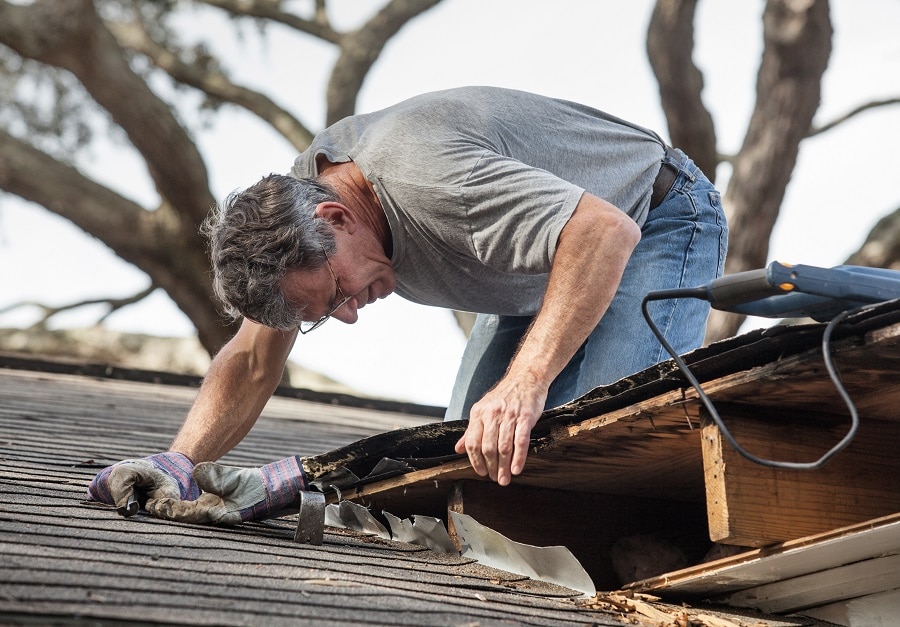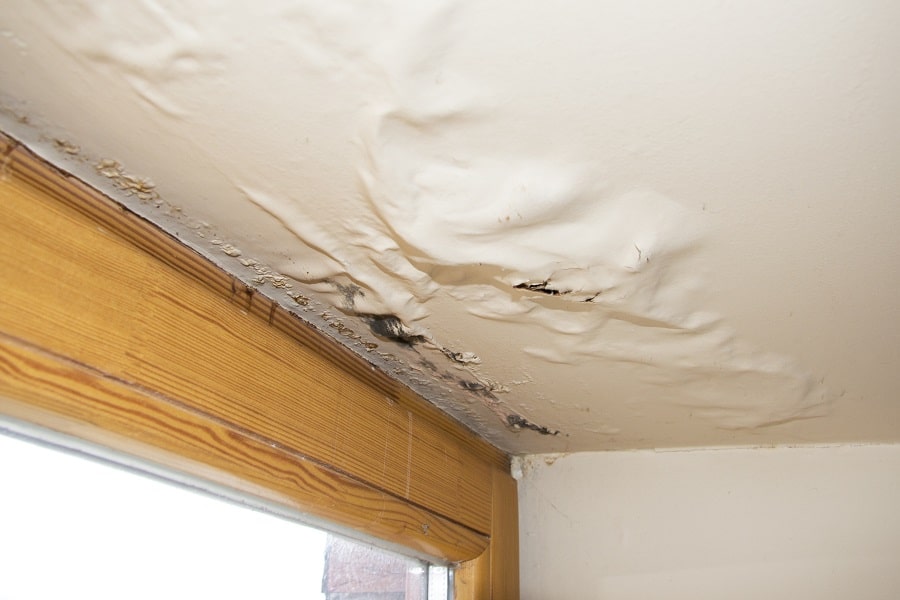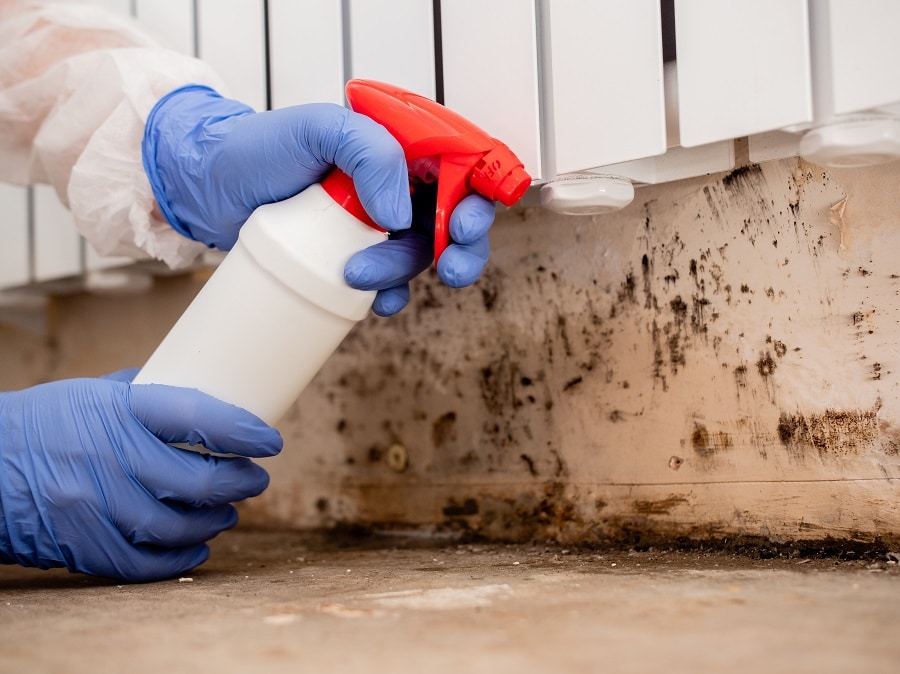Rot is often the cause of timber decay, regardless of the age of the building that houses it. Wood rot can show up in two prevalent forms: dry rot and wet rot, both resulting from fungal decay suffered by building timbers.
What is Wet Rot?
Wet rot is a type of parasite which grows in wet timber. It alters the structure of the timber, causing swelling and separating its fibres, which leads to crumbling and loss of strength in the structure. Wet rot can speed up the decay process, making timber lose its structural integrity and eventually collapse. Incessant contact with sources of moisture is the primary cause of wet rot in structural wood. This could be from the ‘wet’ side of the structure, through faulty plumbing or penetrating damp. Wet rot is fungi that can spread and inflict damage on neighbouring timbers.
Our Guarantee
- upto 30 year guarantee
- customer focused team
- 20 years combined experience
- portfolio of satified customers
- attention to detail
- Construction line accreditation
- public liability insurance
- CHAS accreditation
What is the Difference Between Dry Rot and Wet Rot?
Dry rot triggers quick and extensive damage to structural timber as it spreads through the affected property. The wet rot fungus, on the other hand, is more common but typically less serious, usually restricting the decay to where the timber becomes and remains wet. In the absence of obvious fungus, we can differentiate Wet Rot from the Dry Rot by observing the differences in the timber colour and the type/size of cracking seen on the timber with the progression of either type of rot.
What causes Wet Rot?
The development of Wet rot spores happens only when certain environmental conditions are met. The primary cause of wet rot is moist timber. Moisture plays a major role in the appearance and progression of wet rot. Consequently, signs of damage become visible on the decaying timber.
The Dangers of Wet Rot in Hailsham
Wet rot is a serious problem. It can cause irreparable damage to your home and reduce its value. If you have wet rot, it needs to be treated quickly, or it will continue to infect your house. A survey of 2,038 London property owners inquired whether they had experience with wet rot in their homes, where the problem was identified, and how effective they were at preventing future cases.
The results were appalling – over 20% of the respondents had noticed wet rot in some form or the other. Wet rot damages timber floors and can even affect the building’s structural integrity. Besides causing expensive repair work, devalue your property and most insurance companies will not offer policies on houses where there are signs of damp build-up or moisture ingress.

What are the Warning Signs of Wet Rot?
The progression of the fungus from its appearance to become a pervasive issue depends on the moisture it is exposed to. Some obvious signs include peeling wallpaper, a musty smell, malfunctioning cookers and central heating boiler. Common areas where you can find wet rot include underneath the kitchen sink, along external walls, and roof spaces/attics. Wet rot typically attacks older buildings constructed using timber frames rather than modern species such as Meranti and Sapele. Timber that is found below ground level or reaching a one-floor level is susceptible to wet rot as well. Being able to identify wet or dry rot is a big part of managing its growth. If you believe that your house suffers from a wet rot infestation, then you should carry out a damp survey immediately.
Call Our Sussex Damp Experts team now for quote, consultation and advice:
Call on 01273 257 765.
How and When Should I Look for Wood Rot?
You should comb your home annually to look out for signs of wood rot and damp. The pre-winter weatherproofing period is an excellent time to get this done. You’ll need a screwdriver with a long handle and a decent flashlight.
Examine the siding around and below the windows for signs of swelling or discolouration if your home has wood siding. Paint can mask wood rot, so the wood should be solid and rough, poking the siding with the tip of the screwdriver. If the wood is spongy and the surface gives as you apply pressure, you’ve got a wood rot problem. Use a decent flashlight to inspect the attic for discoloured wood. Conduct the screwdriver test if you come across any discoloured parts. Make sure you go over the roof decking base, the joints linking wood members at the top of the roof, and at the edges of the attic where slanting rafters transition into eaves. These are prime locations for wood rot to grow in the attic.
Using the flashlight to check out discolouration on the perimeter wood plate on the concrete basement wall, study the wood in a crawl space (sill plate) or basement. Use the screwdriver test on any discoloured regions you come across. Inspect the floors and walls around baths/tubs, under sinks, and the water heater for any sign of discolouration or water leakage.
How do we identify wet rot?
Detecting wet rot is not as simple as it might sound, many forms of the fungus affect timber differently. Pushing a knife up to the handle into painted timber is an effective way to confirm rot. Our damp-proofing specialists have tons of experience and training to detect the following:
- Localised fungal growth on timber
- The soft, spongy feel of timber; the affected area appears darker than the surrounding timber.
- The soft and spongy texture of rotting timber; the affected region often looks darker than the other parts.
- That spongy, soft feel timber gets when affected by wet rot; the affected parts are darker than the other areas.
- The spongy, soft texture of rotten timber; the infested area is darker than the other parts.
- The springy feeling that is an indicator of wet rot; the affected area is often darker than others around it.
- Crumbling of affected dry timber into particles.
- Dry timber crumbling into particles.
- The crumbling of infested timber into dry particles.
- Dried-out timber disintegrating into particles.
- The disintegration of rot-eaten timber into particles.
- Shrinking timber
- Bleaching wood in window and door frames
- Flaky or damaged paint
- A musty, damp smell
What to Do After You Detect Wet Rot?
You need a damp expert to treat wet rot and make sure the source of moisture is cut off to prevent a recurrence. For more information on treating wet rot, call 01273 257 765 today to speak to our damp proofing experts.
Wet Rot and Damp Proofing in Hailsham

If you need damp proofing services or wet rot treatment in Hailsham, you are on the right page. Call Sussex Damp Experts if you see signs of damp or wet rot, fixing the problem immediately is crucial to avoiding the health risks and costly repair work which would be necessary if the damage is left to spread unchecked. Our professional surveyors will identify the root of the issue and recommend ways to eliminate it.
Timber damp proofing is quite different from cosmetic treatment; it is a strategic approach to maintenance that is geared towards protecting the timber from decay. There are two main ways to protect the timber.
Surface treatments can never be relied upon; they will always fail, eventually making the situation worse when they do. The only answer is to cover the entire surface with a membrane or treating/replacing the timber. If you would like to speak with one of our experts or require further information about treating wet rot, call us on 01273 257 765 and let Sussex Damp Experts help.
Wet Rot Treatment Specialists in Hailsham
With 20 years of experience offering damp proofing solutions, we are among Hailsham’s premier wet rot experts, providing free, no-obligation surveys and cost estimates to domestic homeowners and commercial property owners. Our team of experts will visit your property and investigate the source of the wet rot and provide advice on the next steps to take to get rid of it. Our experts use advanced methods to detect and treat various forms of rot in properties.
Wet Rot Treatment in Hailsham
Wet rot can be found predominantly in areas that are constantly exposed to moisture. We consider the source of the problem as well as the affected area during wet rot treatment. We investigate how moisture comes in contact with the timber and eliminate all future threats that could lead to a similar situation. Treating rot should be left to expert professionals who can deliver a holistic solution. Delaying the treatment will only drive up the cost of eventual repairs. The best thing to do when you notice signs of wet rot or damp is to call experts such as Sussex Damp Experts for help.

We have the expertise to effectively treat wet rot. Sussex Damp Experts can help you save your timber, we quickly investigate the source of the humidity and which areas are under threat of decay. Delaying could be fatal, call 01273 257 765 today or fill the contact form to save your timber!
Our Wet Rot Treatment Process in Hailsham
The more you delay starting treatment, the worse the situation becomes. Treatment might only be required for a small area if you can detect the signs of fungal rot early enough. In more severe cases, where wet rot has spread its tentacles across the breadth of your timber, you may have to replace entire timbers beams or intake major remedial works. Treating wet rot involves a series of steps. The treatment of any fungus-related problem involving timbers must begin by preventing the timber from getting damp. If there is water leakage in your home that affects the timber, we identify the source and apply corrective measures. Contractors or builders who do not have the required expertise in rot treatment often opt to replace the affected wood. This is usually followed by applying chemical preservatives to the damaged area. This can only fail. If you notice even the slightest signs of wet rot in your property, the team at Sussex Damp Experts is more than happy to help out. Call us today.
What happens to Wet Rot if left untreated?
Leaving wet rot to grow unchecked will lead to the weakening of the structural timber which could affect the safety of the residents. When wet rot sets in, the timber loses its strength and will break if you poke it with a sharp object. The long-term effect is that the timber loses its structural integrity with time, and you also run the risk of condemning your building if the issue persists. Call Sussex Damp Experts on 01273 257 765 and talk with our experts today!
What is the cost of Wet Rot Treatment in Hailsham?
Rot has devastating effects on properties. The cost of repair work and damp proofing will vary based on the type and severity of the infestation, but that shouldn’t deter you. With our experts who are always willing to help, you will find that wet rot treatment in Hailsham doesn’t have to cost a fortune. We advise you on the right decisions for the wellbeing of your family and your home.
How to prevent wet rot?
Wood should be protected from moisture at all times to prevent decay. You can use wood hardeners to give timber in at-risk areas an extra layer of protection against moisture. The most vulnerable areas in a building are the window boxes and sills, including timber beams that haven’t been damp proofed and stand close to brickwork.
Talk to Our Wet Rot Treatment Experts Today!
If you seek further information to help you select the treatment of wood rot that would best serve your needs, don’t hesitate and call 01273 257 765 to talk to a Wet Rot advisor at Sussex Damp Experts.
FAQ
Is wet rot smelly?
Is Wet Rot Capable of Spreading?
Can Wet Rot Cause Health Problems?
Is there a DIY treatment solution?




